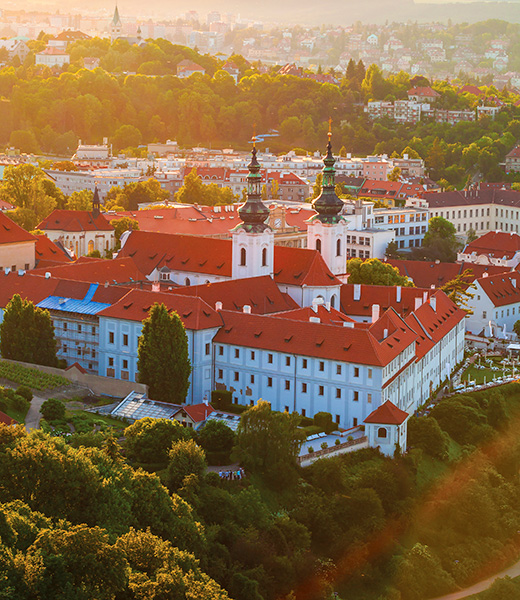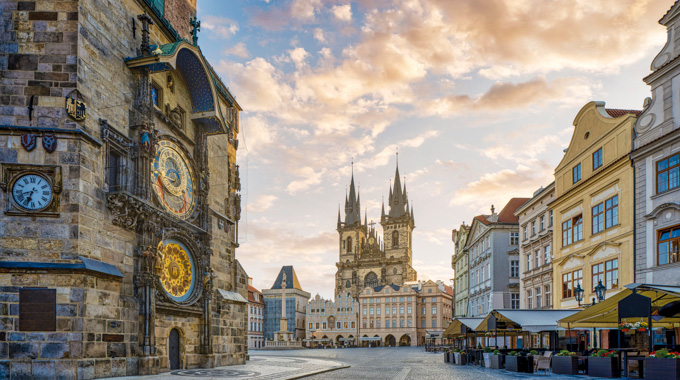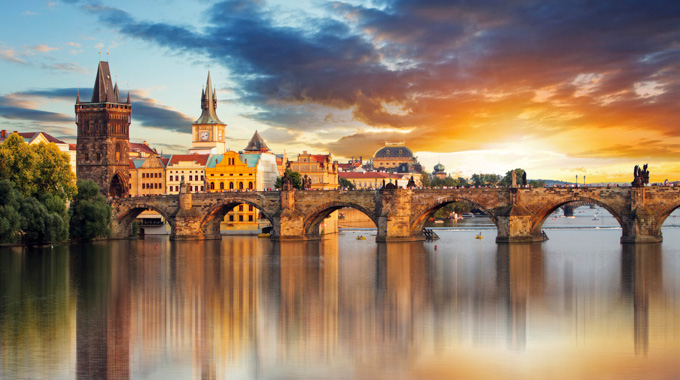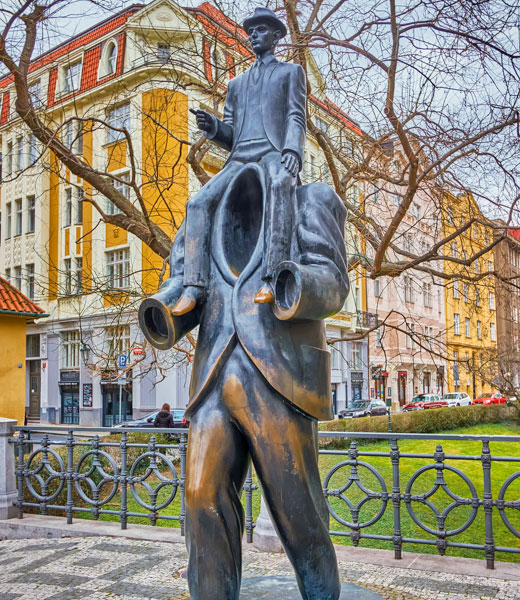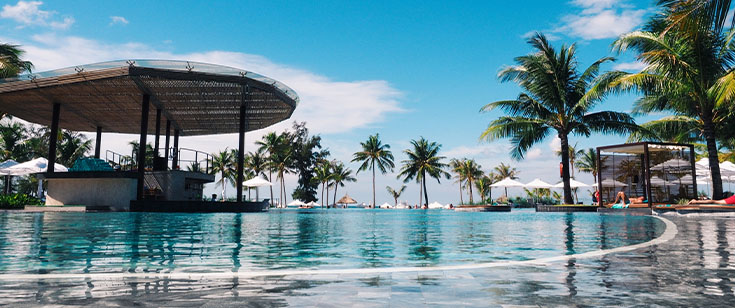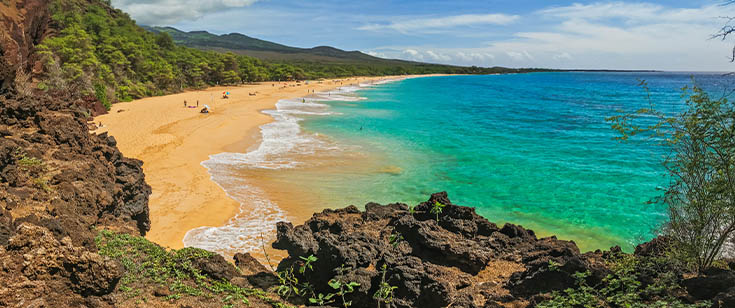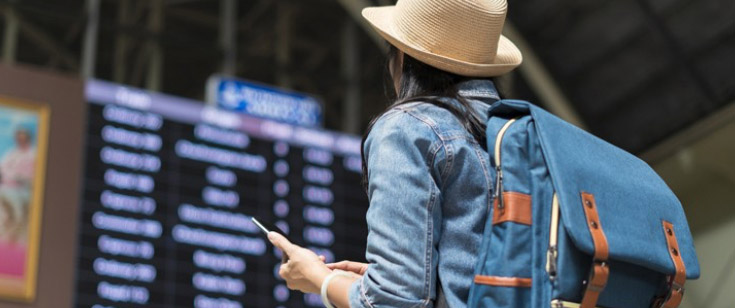Early the next morning, I made the ascent to the castle to be among the first to step into St. Vitus Cathedral when it opened, just as the light streamed through its stained-glass windows and scattered rainbow reflections across gold-haloed figures on the wall.
By lunchtime, I was crisscrossing the Vltava River and exploring the city on trams, passing tidy flowerbeds along the spotless boulevards and getting out to climb the winding steps in the former Jesuit college known as the Klementinum, famous for its globe-filled library.
I hadn’t imagined Prague to be so green, with parks wherever I looked and lavender in the medians of suburban streets. Flowerpots sat outside bedroom windows and even in the busy shopping streets around Wenceslas Square, I slipped down a narrow passageway and arrived at an exquisite garden overseen by Franciscans from a monastery nearby.
Yet amid such pastoral grace notes were signs, everywhere, of the whimsical and irreverent spirit that made Prague an epicenter of humor and art even during its long years of Soviet tyranny. It wasn’t hard to recall the city of revolutionary invention as I took in a sushi-and-shisha bar, pictures of Bob Marley outside a cannabis outlet, and fliers advertising World Cup Skateboarding competitions.
In the room-length list of historical events that fills a wall in the Museum of Communism, Neil Armstrong’s landing on the moon was followed by “Freddie Mercury Founded Queen.”
In Wenceslas Square, groups of teenage girls were shouting wild greetings to a passing police car, while down by the river, young women from the Gulf States delightedly clutched their headscarves as they sped past yoga studios in polished antique roadsters. Straight-backed office ladies vaped furiously as they walked to work, and on a bench near the National Museum I was greeted by a plaque quoting Confucius, who now sounded a little like the owner of Malý Buddha: “The only limitations that exist in human lives are ours.”
I might almost have been in the Havana of the Old World, and not only because cheery rugby players were sipping Cuba Libres outside the James Dean diner.
Right under the haunting black spires of the Church of Our Lady Before Týn, a violinist delivered a plaintive rendition of an Elvis Presley love song while a man in a nearby shop, selling me a postcard, urged me to pay in kroner, not dollars, because, he said, banks are thieves. “In the Czech Republic, we have dark humor,” a friendly long-haired man explained. “Very dark humor.”
That humor speaks for a centuries-old hatred of oppression—the area has long been a target of foreign invasions—and spirit of independent-mindedness. One hot afternoon I took a tour of the city’s recent history, joined by just one other couple and led by a fiftysomething translator, Zdenek Zicpaz, who met us in Old Town Square.
“We were the first country to send tanks and arms to Ukraine,” Zicpaz explained with pride as he showed us the secret rooms near the square where before the Revolution “those who were not allowed to teach could address those who were not allowed to learn.” Now, he went on, “We have accepted the largest number of Ukrainian refugees per capita.”
He pointed to the center of the square, where one area had been labeled “Prague Maidan” and given over to a display of atrocities under the words “Russia—Hands Off Ukraine.” Before long, a tram whooshed past, painted entirely in blue and yellow, the motto stand with Ukraine painted across its sides.
Indeed, it seemed indicative of the spirit Prague embodies to the world that the very day I arrived, I would read in the papers that Ukrainian President Volodymyr Zelensky was visiting, too, strolling in his T-shirt past lines of soldiers in gray uniforms. That day happened to be a national holiday in honor of Jan Hus, the religious reformer who was burned at the stake in 1415 for heresy.
Meanwhile, others around town were marking the 88th birthday of the Dalai Lama. He had visited the city roughly a dozen times after Havel became the first head of state to invite him there, which he did in a televised New Year’s message 3 days after his inauguration.


